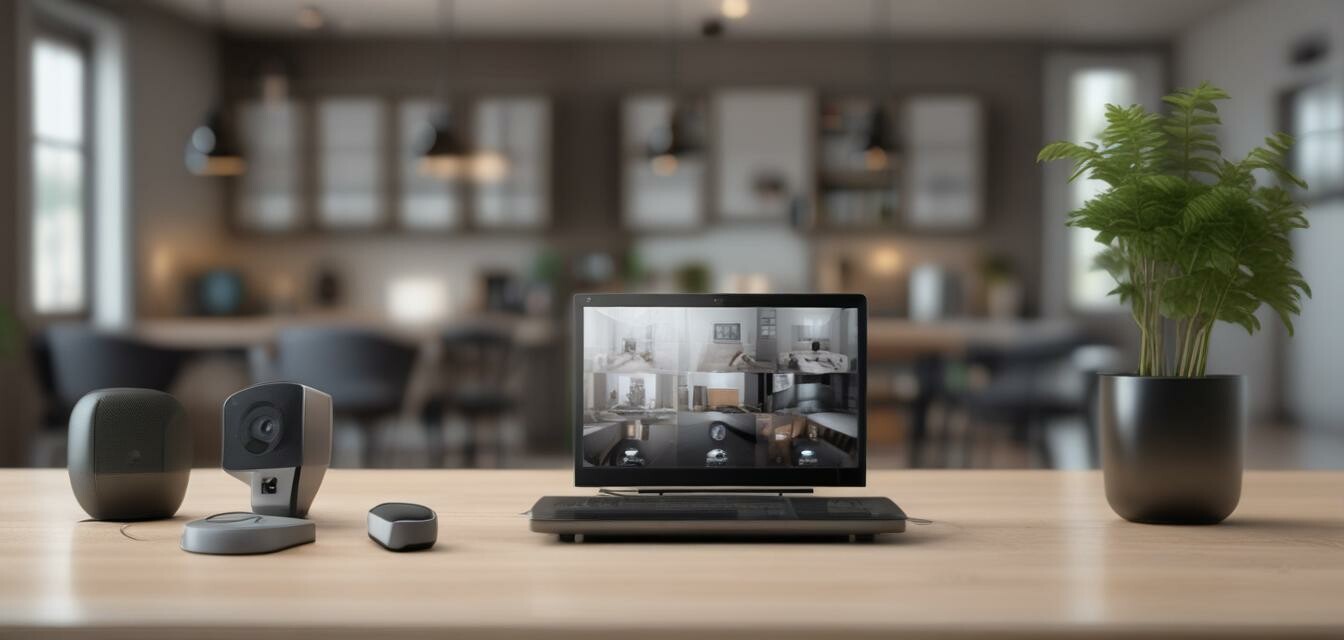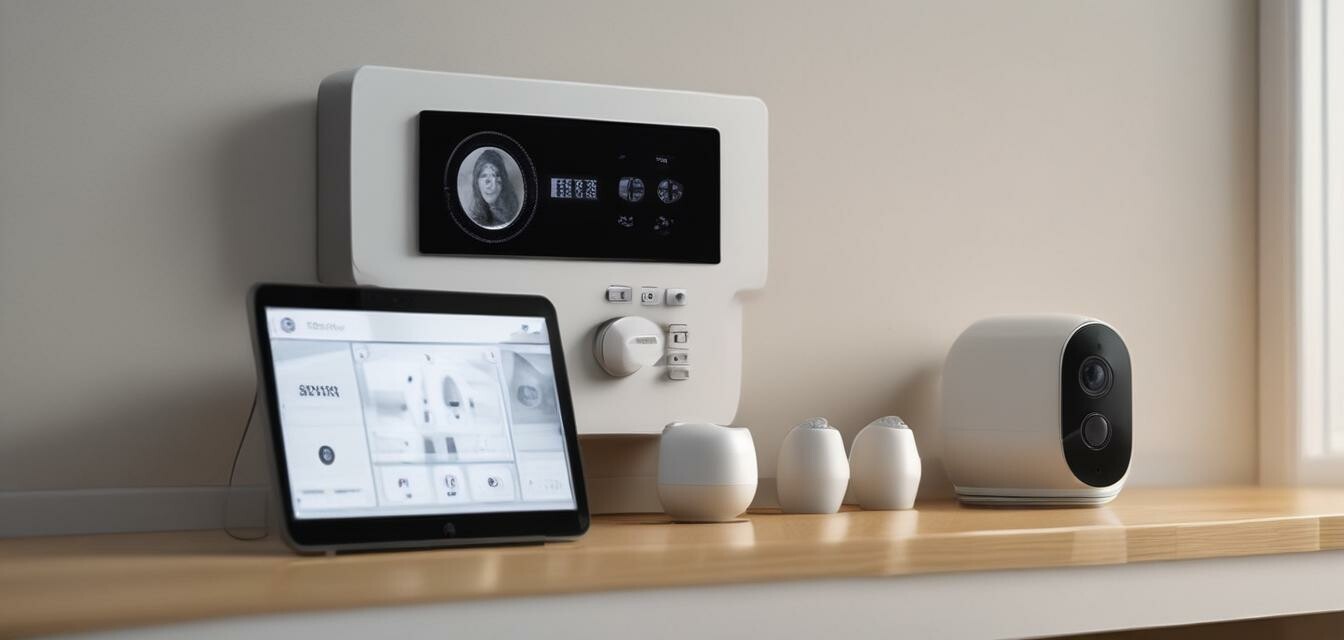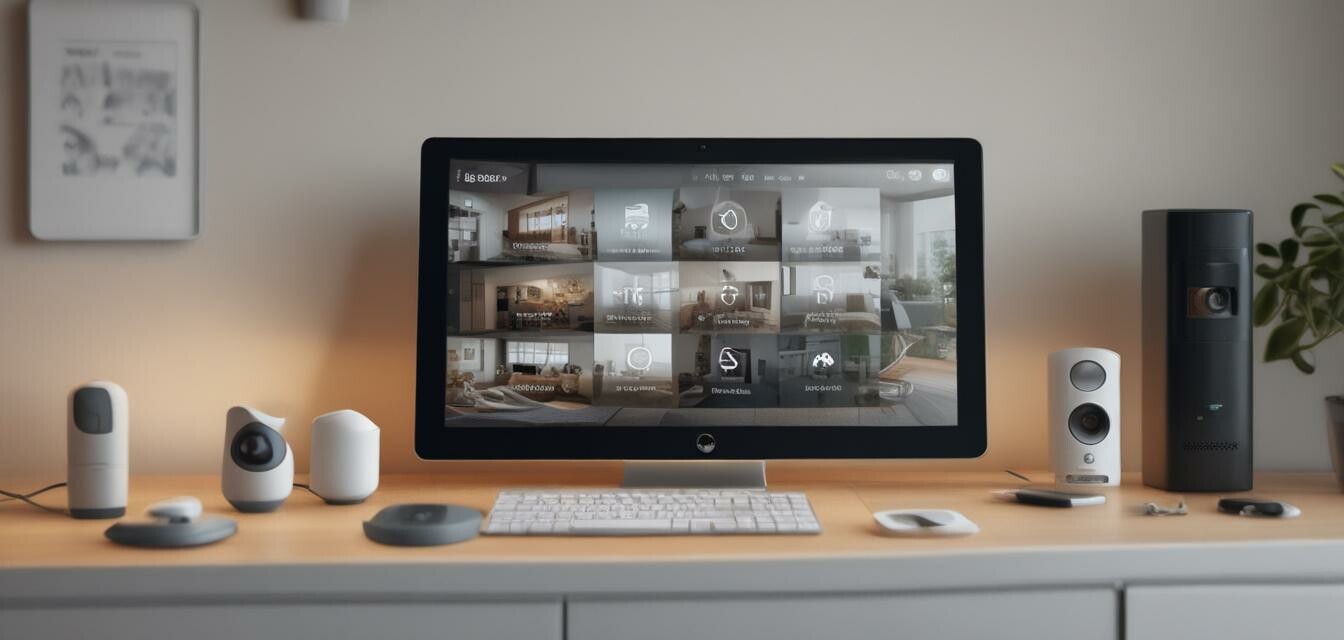
Integrating Smart Security with Other Smart Devices
- Integration of smart security with home automation enhances safety.
- Utilizing compatible devices increases effectiveness and user convenience.
- Choosing the right protocols and platforms is vital for seamless connectivity.
- Regular updates and maintenance are necessary for optimal performance.
In today’s world, home security is more important than ever. By integrating smart security systems with various other smart home devices, homeowners can create a comprehensive ecosystem that enhances safety and convenience. Let’s dive into how you can effectively integrate these technologies for a smarter, safer home.
Why integrate smart security with other devices?
Integration allows for a more cohesive smart home experience. Here are some vital reasons for blending your smart security system with other devices:
- Enhanced safety: Connected systems can alert you to unusual activity instantly.
- Convenience: Control everything from one hub or app.
- Automation: Set up responses to specific events, such as turning on lights when an alarm is triggered.
Key Components for Successful Integration
Here are some essential components to consider when integrating your smart security systems:
| Component | Description | Integration Tips |
|---|---|---|
| Smart Cameras | Monitor your home with real-time video feeds. | Ensure compatibility with your existing security system. |
| Smart Locks | Control access to your home remotely. | Use a single app for all devices to control locks easily. |
| Alarm Systems | Notify authorities of break-ins or emergencies. | Opt for systems compatible with home automation platforms. |
| Motion Sensors | Detect movement around your property. | Integrate sensors with cameras for video recording upon detection. |
How to Integrate Smart Security Systems
Integrating smart security systems involves several steps. Below is a simplified process to guide you through:
- Identify your existing devices and their compatibility.
- Choose a central hub or application that supports multiple devices.
- Follow the integration prompts in the chosen app.
- Test the integration to ensure functionality.
- Regularly update your devices to maintain security.
Best Practices for Integration
To maximize the effectiveness of your integrated smart home security, consider following these best practices:
- Keep software updated for all devices.
- Have backup batteries for devices to ensure functionality during outages.
- Utilize encryption and strong passwords to secure each device.
- Conduct regular system checks to verify everything is functioning correctly.
Common Protocols for Smart Device Integration
Understanding the different communication protocols can help you choose the right devices for seamless integration. Below are some common protocols:
| Protocol | Description | Advantages |
|---|---|---|
| Zigbee | A wireless mesh protocol for smart devices. | Low power consumption and high compatibility. |
| Z-Wave | A wireless communication protocol primarily for home automation. | Extensive range and great for smart locks and sensors. |
| Wi-Fi | Standard for high-bandwidth network connections. | High speed, easy access, and wide compatibility. |
| Bluetooth | A short-range wireless technology. | Low power consumption, good for mobile device integration. |
Integrating with Home Automation Devices
Home automation devices can greatly enhance your security system's functionality. Here are a few ways to achieve this:
- Lighting Control: Automatically turn on outdoor lights when motion is detected by cameras or sensors.
- Thermostat Control: Schedule thermostat changes when the security system is armed or disarmed.
- Voice Assistants: Use voice commands to check camera feeds or lock doors remotely.

Examples of Home Automation Integrations
Here’s how different devices can work together for enhanced security:
| Device | Integration Example |
|---|---|
| Smart Doorbell | Alerts your phone when someone is at the door. |
| Smart Lighting | Flashes lights when an alarm is triggered as a visual alert. |
| Smart Blinds | Close automatically at night for added privacy. |
Potential Challenges and Solutions
While integrating smart devices can significantly enhance your home security, some challenges may arise:
- Device Compatibility: Always check if devices use the same protocol for smooth integration.
- Network Overload: Ensure your Wi-Fi network can handle multiple connected devices.
- Privacy Concerns: Use strong passwords and enable two-factor authentication where available.
Pros
- Increased security features.
- Convenience of managing multiple devices.
- Ability to automate responses to events.
Cons
- Initial setup can be complex.
- Network dependency for functionality.
- Potential compatibility issues between different brands.
Conclusion
Integrating smart security with other smart devices brings a multitude of benefits, from enhanced safety to unparalleled convenience. By following the outlined practices, you can ensure that your smart home ecosystem is efficient and effective.

For more information on specific smart security solutions and home automation devices, check our related sections:








